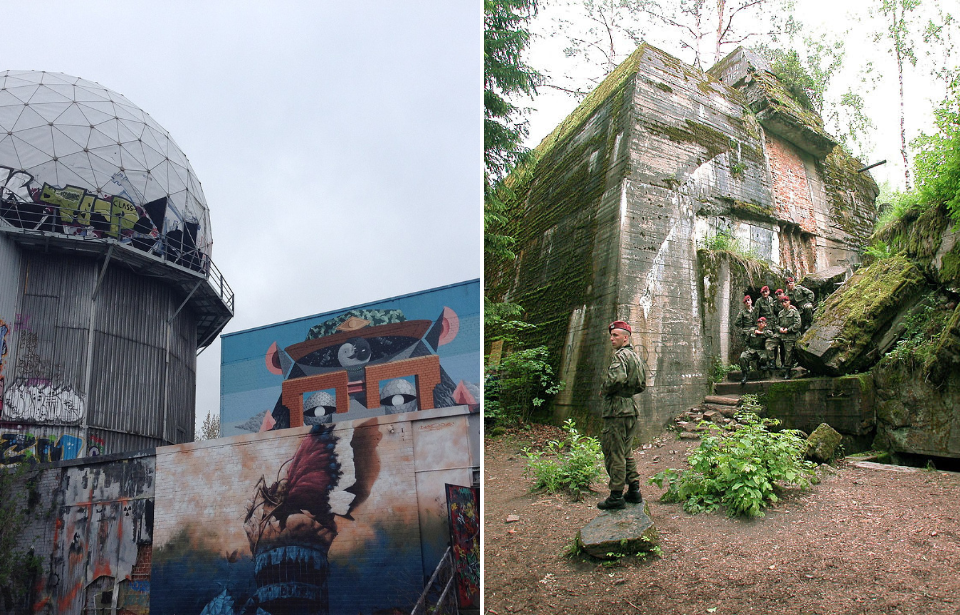At their construction, military bases are intended to be some of the most utilized structures. However, when conflicts come to a close and as technologies improve, many are left empty, with only memories reminding people of their former purpose and glory. The following is a list of eight abandoned military bases that were once integral to combat success.
Maunsell Forts
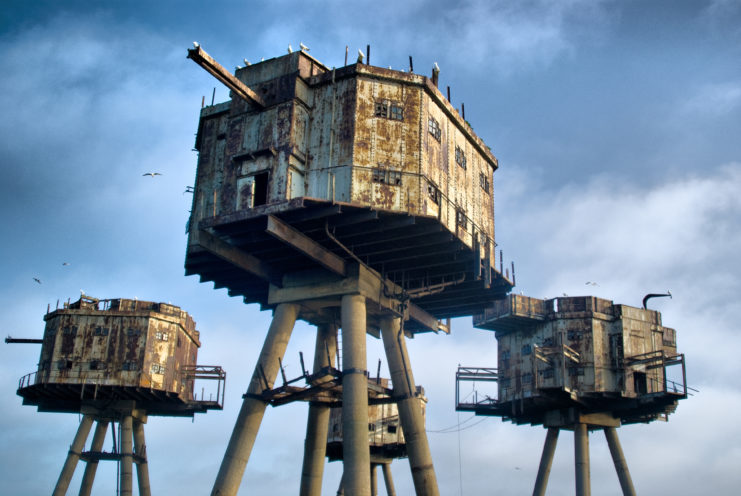
Named after their designer, Guy Maunsell, the Maunsell Forts were a grouping of structures located in the Thames and Mersey estuaries. Built similarly to “fixed” offshore oil platforms, they were intended to help defend the United Kingdom against enemy aircraft during the Second World War. When their construction began in 1942, there were four naval (Rough Sands, Sunk Head, Knock John and Tongue Sands) and three army forts (Nore, Shivering Sands and Red Sands).
The structures were decommissioned in 1950 and used for pirate radio broadcasting during the 1960s and ’70s. This was because their size made them the ideal location for antenna platforms. Unfortunately, when Red Sands Radio, a pirate radio commemorative station, went to set up shop in one of the Maunsell Forts in 2007 and ’08, the abandoned quasi-military bases were deemed unsafe, forcing the company to change locations.
Duga radar
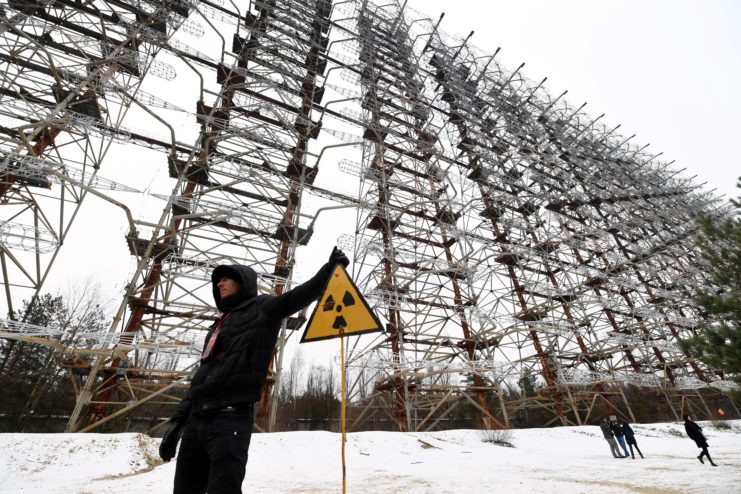
The Soviet Union constructed two Duga radar systems that operated from 1976-89. One was located near Chernobyl and was pointed toward the United States, while the other was in eastern Siberia and directed toward China and Japan. They were used for over-the-horizon (OTH) radar, as part of the USSR’s early warning system for missile defense.
They were nicknamed the “Russian Woodpecker,” as they emitted shortwave radio sounds that were random, sharp, repetitive and similar to a woodpecker tapping noise. The signal was irritating, as it disrupted everything from television broadcasts to civilian communications, leading to thousands of complaints worldwide. This forced receivers to begin including “Woodpecker Blankers” to stop the transmissions.
Teufelsberg

Sat perched upon an artificial hill in Berlin, Germany are the antennas and radomes of one of the US National Security Agency’s (NSA) largest listening stations. Built in 1963, Teufelsberg was used by the US to intercept and jam communications from the Eastern Bloc.
The now-abandoned military base was particularly important, due to the climate of the Cold War. When the conflict came to its conclusion, Teufelsberg was converted into an air traffic control space, operating as such for a decade. Since then, it’s sat empty, despite plans having been made for it to be purchased by an outside party. While Teufelsberg is currently fenced off, a local organization does offer public tours of the site.
Wolf’s Lair
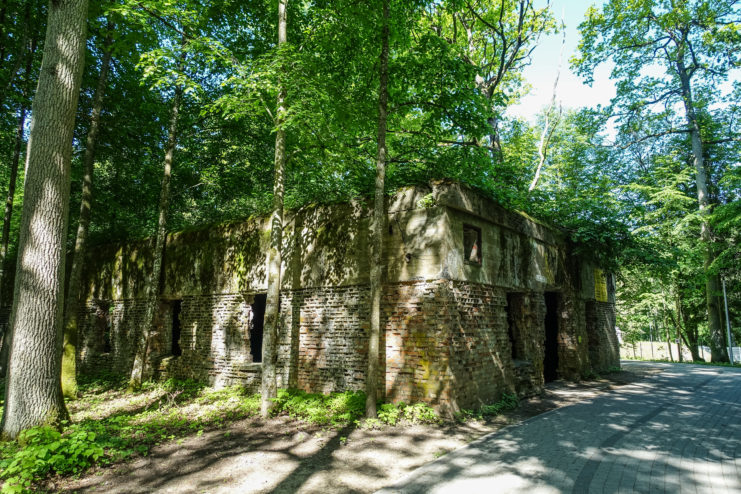
The Wolf’s Lair, located in the Masurian woods in Poland, was the first military headquarters of the Führer on the Eastern Front during the Second World War. Its location was specifically chosen because access to the area was granted only by one railway and a single airstrip. Construction occurred in the lead up to Operation Barbarossa, with locals being told it was a new cement factory.
The now-abandoned military base was surrounded by three security zones, making it one the most heavily guarded locations in the world. At one point, the Führer resided there for over 800 days, and there was even an attempt on his life during his stay. He was forced to leave in November 1944, after the Red Army reached the area and took it over. What remains of the base (following Soviet orders to demolish it) currently operates as a tourist attraction.
Saint-Nazaire submarine base
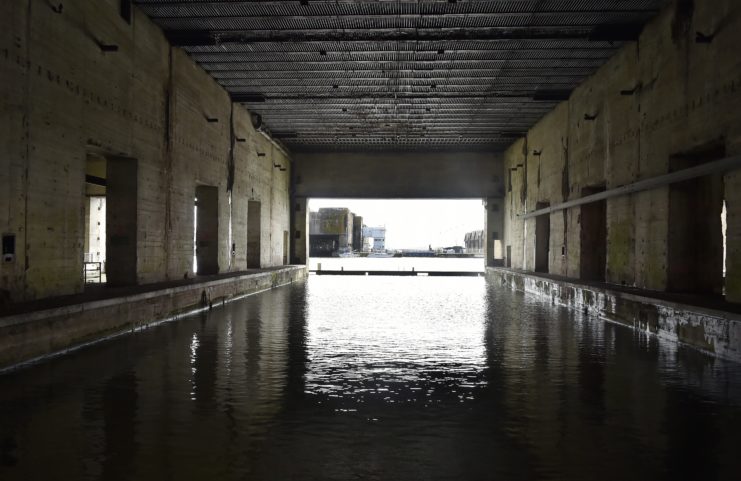
The harbor of Saint-Nazaire was one of the largest along France’s coastline. As such, the German military wanted to take it for themselves. After France fell to Germany in 1940, Saint-Nazaire immediately saw construction, which turned part of the area into a U-boat pen. It was one of five built in the German-occupied coastal settlement.
The structure was 300 meters long, featured 14 submarine pens and took only 16 months to build. It served as an important and strategic base for the U-boats manned by the Kriegsmarine, and was used up until May 1945. Now, it’s a tourist site that not only showcases a historical military base, but also the view of the surrounding city.
Royal Air Force (RAF) Hethel
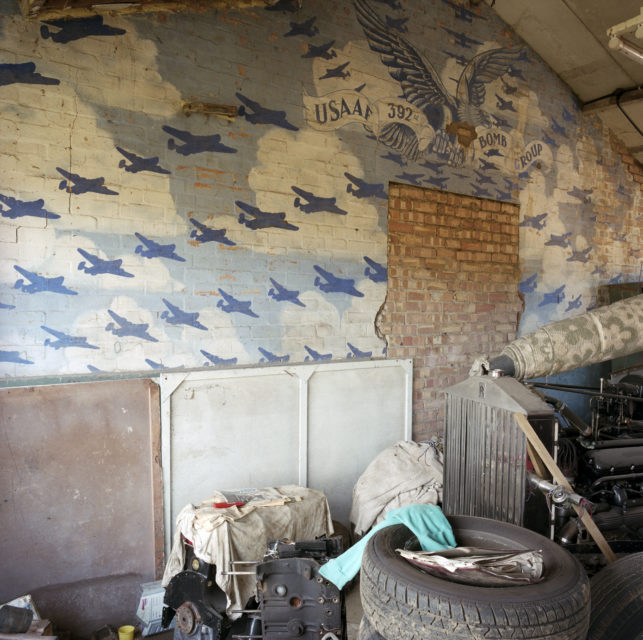
Construction on Royal Air Force (RAF) Hethel began in 1941 and was completed the following year. It was designated Station 114, and used by both the US Army Air Forces and the British Royal Air Force over the course of World War II. Between 1943-45, it served as the headquarters of the 2nd Combat Bombardment Wing, 2nd Bombardment Division. It also housed a number of other military units, such as the 389th Bombardment Group (Heavy) and the 320th Bombardment Group (Medium).
By 1947, RAF Hethel had become a Personnel Transit Center, but was soon converted into an RAF Technical Training Command. Unfortunately, due to the reduction in the size of the RAF, the station closed its doors in 1948. It sat largely abandoned until 1964, when it was sold by the Air Ministry, and now operates as a test track for Lotus Cars Limited.
Palmerston Forts
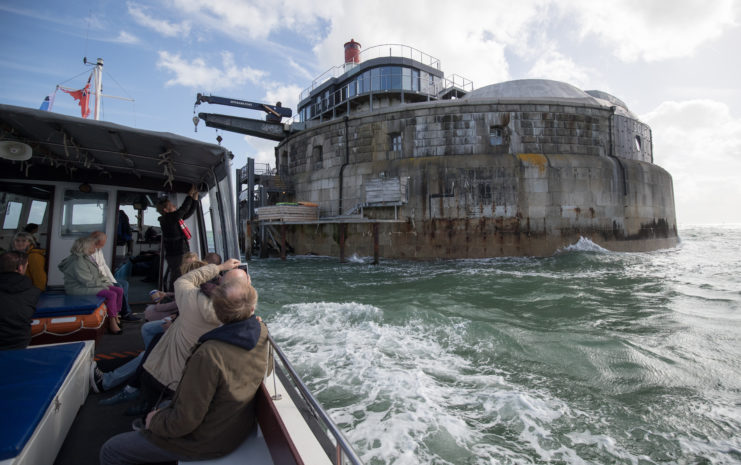
Palmerston Forts are a group of Victorian era military structures located along the coast of the UK and Ireland. They were recommended by the 1860 Royal Commission on the Defence of the United Kingdom as a means of defending against the ever-increasing threat of the French Navy. Construction began that year, with the forts being named after the Prime Minister at the time, Lord Palmerston.
Construction took longer than expected, with the threat of attack having passed by the time the final fort was completed in the 1870s. As such, they were highly criticized for being wasteful and expensive. They also faced inland, making many feel they were built incorrectly. The forts remained a part of the War Department until 1920, and now largely operate as hotels and tourist attractions.
Ford Ord
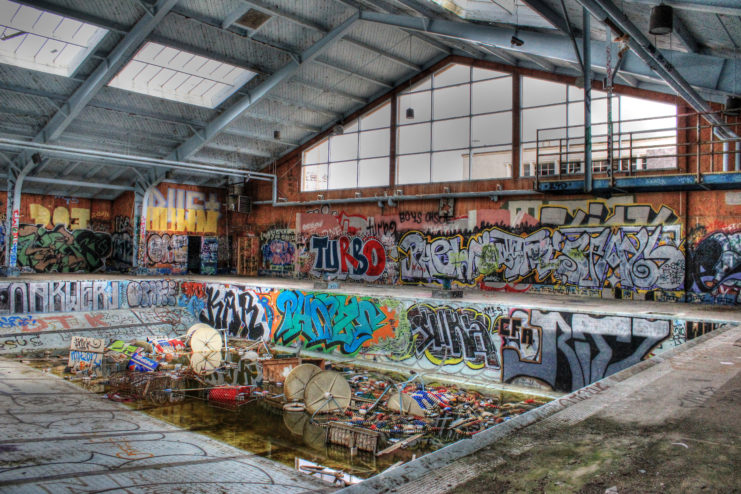
The US purchased land on Monterey Bay, California – where Fort Ord was located – during the First World War. However, it wouldn’t come into full use until the early years of WWII. In 1940, the main garrison was constructed, with the military base being designated Ford Ord. The 7th Infantry Division occupied the post during this time.
More from us: Stanley Kubrick’s ‘Paths of Glory’ Was Loosely Based on a Real-Life Tragedy
Following the conflict, Fort Ord served as a staging area for units heading off to fight in the Korean War, and continued to see use as a center for instruction throughout the 1970s. In 1994, the Base Realignment and Closure (BRAC) Commisison had those units occupying the space relocated to Fort Lewis, Washington.
At present, the military base sits abandoned and operates as the Fort Ord National Monument.
